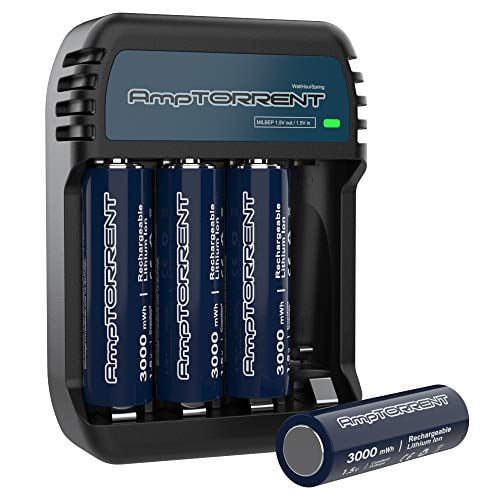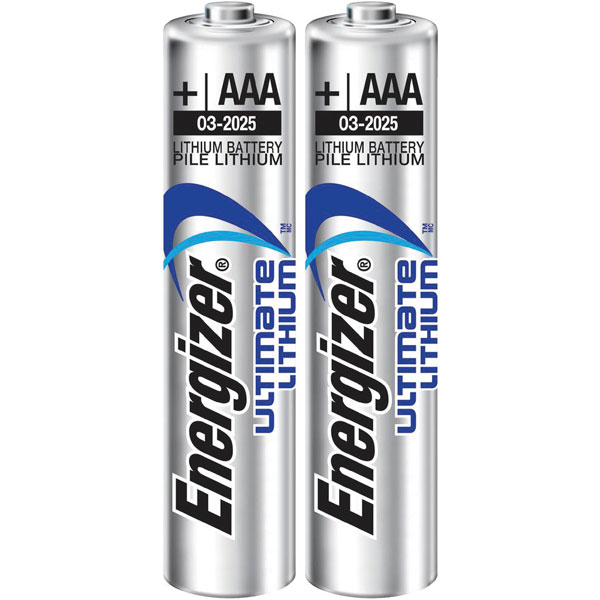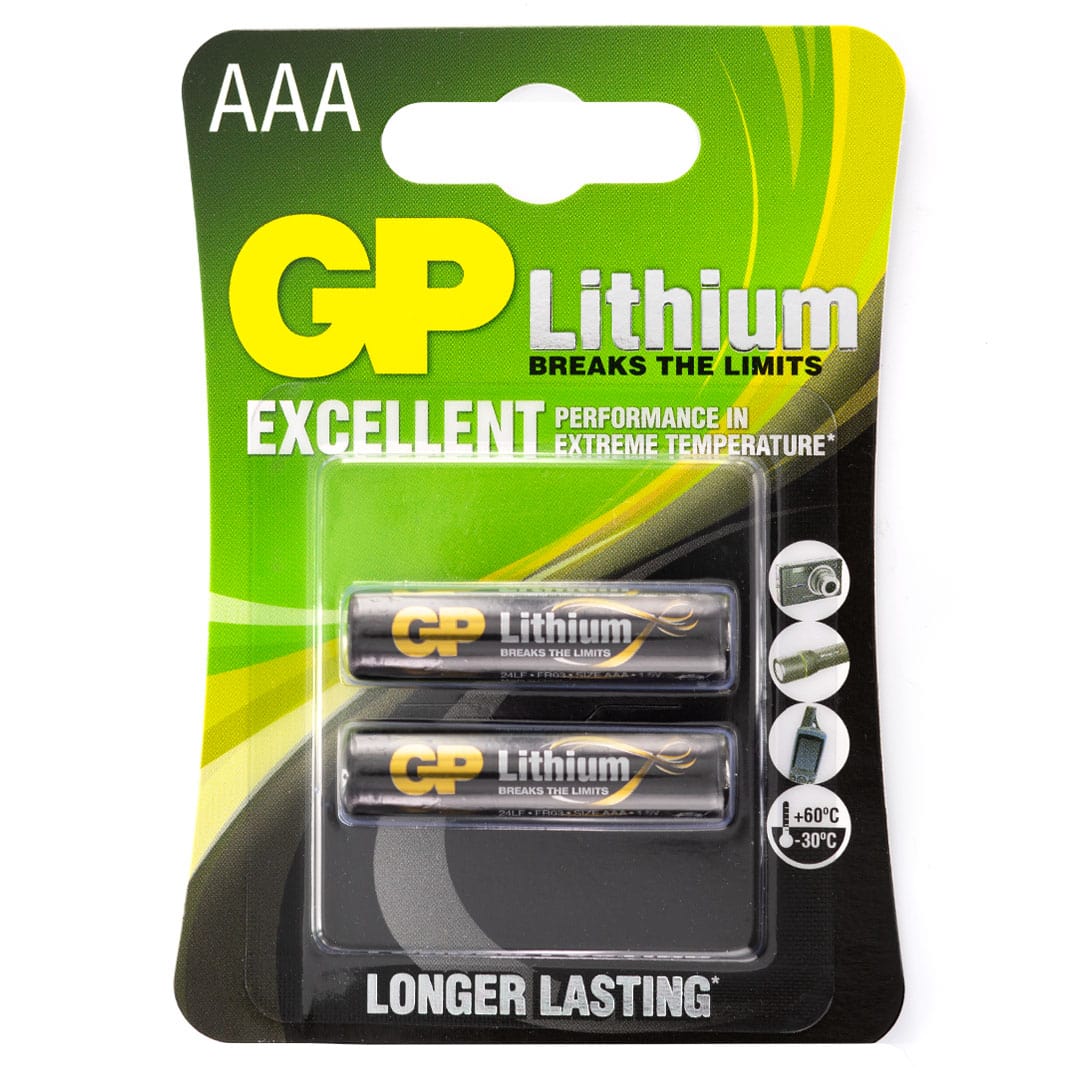

Here’s a closer look at the most common options available for single-use and rechargeable batteries: The mix of chemicals in a battery aims to provide some combination of the four holy grails of the elusive "ideal" battery-long life, high performance, reasonable cost and low environmental impact. Eventually they can no longer retain a charge and are considered “dead.” Over time, a battery's internal chemicals begin to degrade and interaction diminishes. Ions (positively charged) and electrons (negatively charged) flow through the electrolyte, exit via the negative terminal and enable your device to function. When you put a battery in a device, like a headlamp, the electrolyte, cathode and anode interact and a chemical reaction (basically oxidation) occurs. All batteries also have some type of electrolyte-a substance that conducts electricity (a flow of electrons) between the battery’s terminals. With a basic understanding of how batteries work and what’s inside them, you can make more informed decisions about the right type of batteries for your needs.īattery basics: Common batteries, such as AAA, AA, C and D, have positive and negative terminals and two internal layers called electrodes that include a cathode (which transports a positive charge) and an anode (to carry a negative charge). Once you’ve settled on the battery size and decided between single-use and rechargeable, you may find it helpful to understand a bit more about the different types of batteries.

Rechargeable Batteries: These batteries are built to be recharged over and over again, in some cases up to 500 times or more.
#Rechargeable lithium aaa batteries portable#
If you’re interested in portable solar chargers and rechargeable battery packs, see our article, Solar Chargers and Portable Power. Get the right type of battery:Understanding how batteries work and knowing how alkaline differs from lithium and NiMH from lithium-ion will help you pick the best battery for your application.įor a quick reference, see our printable PDF.Decide between single-use or rechargeable batteries:Single-use batteries are cheaper upfront and have an excellent shelf life, but rechargeables can be used again and again, making them ultimately the more cost-effective choice.You can look on the device itself for an indication of what battery size it takes, or consult the instruction manual.

If your gadget runs on AAA batteries, then that’s what you need.

Figure out what size batteries you need: This is simple.


 0 kommentar(er)
0 kommentar(er)
